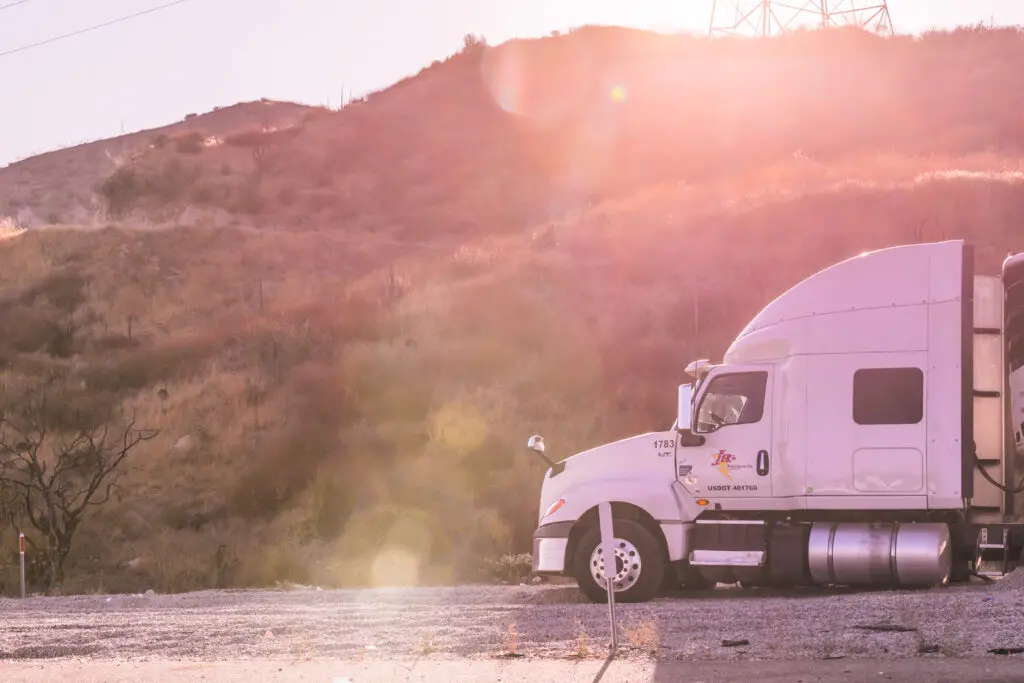Truck accidents can leave you feeling overwhelmed and uncertain. If you’re dealing with the aftermath in Nevada, understanding liability is crucial. You need clear information to protect your rights and get what you deserve. Liability in truck accidents hinges on several factors. These include driver error, vehicle maintenance, and road conditions. Identifying the responsible party is key. It might be the driver, the trucking company, or even multiple parties. This complexity can confuse anyone, but knowing the basics empowers you. Legal advice is recommended. Resources like blakefriedmanlaw.com offer guidance to help you navigate this challenging time. Choosing the right path can mean the difference in your recovery. You deserve clarity and justice after such a traumatic event. Trust credible sources and seek knowledgeable support to help you through. Understanding your options means you can focus on healing while pursuing the resolution you need.
Factors Influencing Liability
Several elements can influence who is liable in a truck accident. These factors determine who should compensate you for your damages. Driver error is a common cause. Fatigue, distraction, or impairment can lead to accidents. Vehicle maintenance also plays a role. Trucks need regular upkeep to function safely. Poor maintenance can lead to brake failures or tire blowouts.
Understanding Nevada Law
Nevada follows the modified comparative negligence rule. This means you can claim damages even if you are partly at fault. However, your compensation is reduced by your fault percentage. If you are more than 50% responsible, you cannot recover damages. This emphasizes the importance of accurate liability assessment.
Who Can Be Liable?
The truck driver is often the first to be considered. However, liability can extend to other parties. The trucking company might be responsible for hiring unqualified drivers or pushing them to exceed safe driving hours. Manufacturers can also be liable if faulty parts contributed to the accident.
| Potential Liable Parties | Examples of Liability |
|---|---|
| Driver | Fatigue, distraction, impairment |
| Trucking Company | Improper maintenance, violation of regulations |
| Manufacturer | Defective parts |
Steps to Take After a Truck Accident
After an accident, your safety is the top priority. Move to a safe place and call emergency services. Document everything if you can. Take photos of the scene, your injuries, and any damage. Collect contact information from witnesses. These steps help build your case when determining liability.
The Role of Law Enforcement
Police reports are crucial in truck accidents. They provide an unbiased account of the incident. Officers gather evidence and witness statements. This information helps in determining liability. You can request a copy of the police report for your records. More information on obtaining police reports in Nevada can be found on the State of Nevada official website.
Legal Assistance
Consulting a lawyer is wise in complex truck accident cases. They understand the nuances of Nevada law and can advocate for your rights. A lawyer helps navigate insurance claims and negotiate settlements. They ensure you receive fair compensation for your injuries and damages.
Insurance Considerations
Dealing with insurance companies can be daunting. They aim to minimize payouts. Having legal support ensures your claim is handled properly. Nevada requires truck drivers to carry liability insurance. This coverage should compensate victims for accidents caused by the truck driver.
Conclusion
Understanding liability in Nevada truck accidents requires knowledge and action. The aftermath of a truck accident is challenging, but knowing your rights can help you navigate the uncertainty. Determining liability is key to getting the compensation you deserve. Take action by documenting the accident and seeking legal advice. Legal resources, including the National Highway Traffic Safety Administration, provide further guidance. Trust in the system and reach out for support. Your path to recovery and justice starts with understanding your options.




